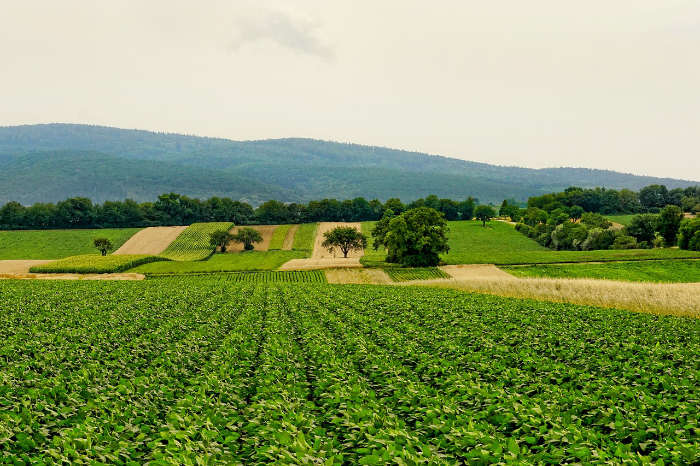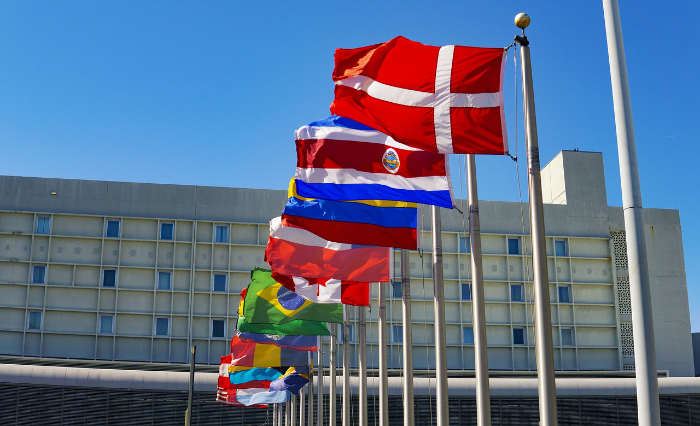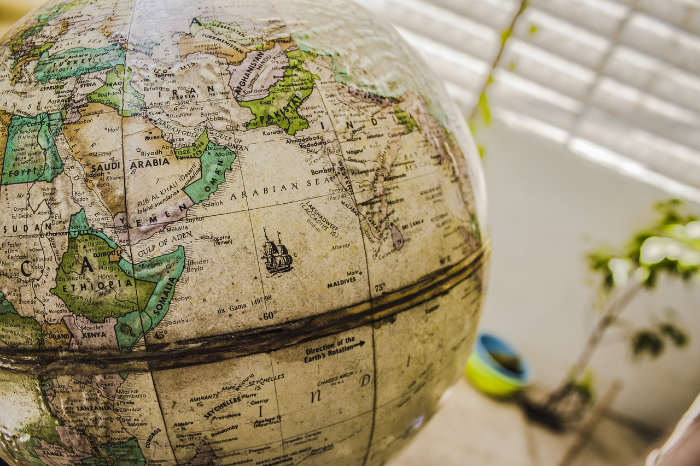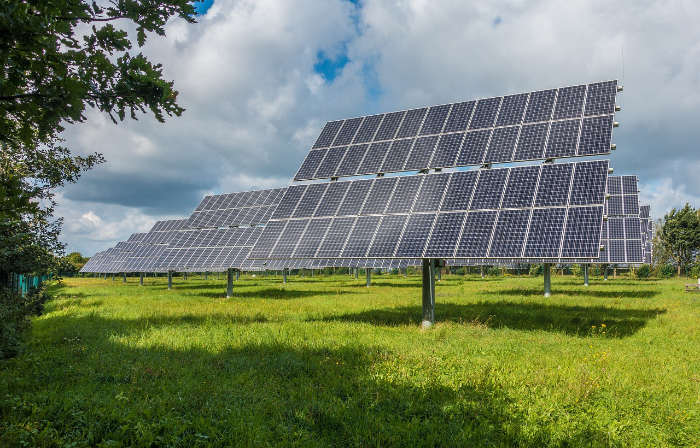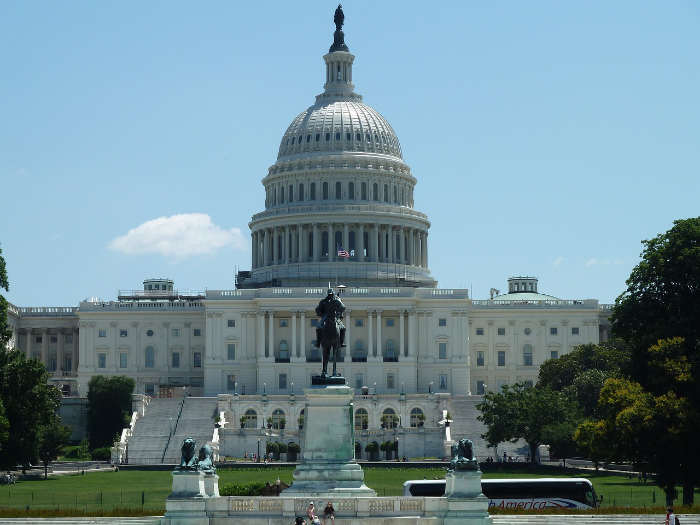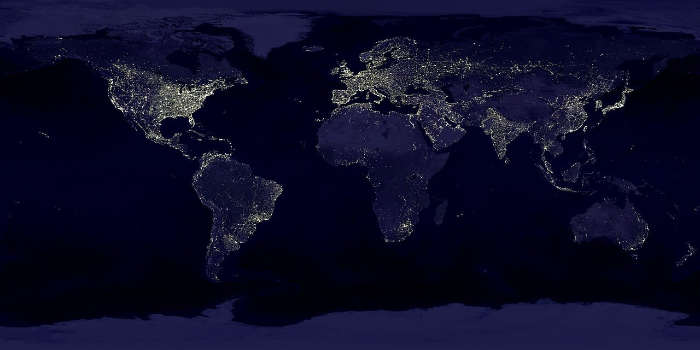Countries that Still Have Slavery 2025

0
2M
4M
6M
8M
10M
12M
5 Countries with the Most Slaves
Country | Estimated Slaves 2023↓ | Estimated Slavery Rate 2023 (per 1k) | Vulnerability Score (lower is better) 2023 | Government Response (higher is better) 2023 | |
|---|---|---|---|---|---|
| India | 11,050,000 | 8.0 | 56% | 46% | |
| China | 5,771,000 | 4.0 | 46% | 40% | |
| North Korea | 2,696,000 | 104.6 | 67% | -3% | |
| Pakistan | 2,349,000 | 10.6 | 80% | 37% | |
| Russia | 1,899,000 | 13.0 | 60% | 24% | |
| Indonesia | 1,833,000 | 6.7 | 49% | 50% | |
| Nigeria | 1,611,000 | 7.8 | 76% | 54% | |
| Turkey | 1,320,000 | 15.6 | 51% | 49% | |
| Bangladesh | 1,162,000 | 7.1 | 58% | 49% | |
| United States | 1,091,000 | 3.3 | 25% | 67% | |
| Brazil | 1,053,000 | 5.0 | 47% | 51% | |
| Philippines | 859,000 | 7.8 | 66% | 59% | |
| Mexico | 850,000 | 6.6 | 58% | 55% | |
| Saudi Arabia | 740,000 | 21.3 | 53% | 49% | |
| Ethiopia | 727,000 | 6.3 | 67% | 45% | |
| Myanmar | 657,000 | 12.1 | 67% | 42% | |
| Iran | 597,000 | 7.1 | 68% | 8% | |
| Ukraine | 559,000 | 12.8 | 48% | 51% | |
| Afghanistan | 505,000 | 13.0 | 86% | ||
| Egypt | 442,000 | 4.3 | 59% | 44% | |
| DR Congo | 407,000 | 4.5 | 94% | 36% | |
| Thailand | 401,000 | 5.7 | 46% | 55% | |
| Colombia | 397,000 | 7.8 | 51% | 46% | |
| Vietnam | 396,000 | 4.1 | 44% | 47% | |
| Eritrea | 320,000 | 90.3 | 66% | 5% | |
| Venezuela | 270,000 | 9.5 | 66% | 27% | |
| Kenya | 269,000 | 5.0 | 66% | 46% | |
| Uzbekistan | 249,000 | 7.4 | 56% | 46% | |
| Peru | 234,000 | 7.1 | 47% | 55% | |
| Iraq | 221,000 | 5.5 | 82% | 33% | |
| Poland | 209,000 | 5.5 | 19% | 55% | |
| Kazakhstan | 208,000 | 11.1 | 42% | 46% | |
| Malaysia | 202,000 | 6.3 | 37% | 45% | |
| Italy | 197,000 | 3.3 | 22% | 59% | |
| Ivory Coast | 193,000 | 7.3 | 59% | 37% | |
| Uganda | 190,000 | 4.2 | 66% | 46% | |
| Argentina | 189,000 | 4.2 | 36% | 58% | |
| South Korea | 180,000 | 3.5 | 29% | 38% | |
| Yemen | 180,000 | 6.0 | 89% | ||
| Sudan | 174,000 | 4.0 | 82% | 26% | |
| Tanzania | 171,000 | 2.9 | 53% | 42% | |
| South Africa | 158,000 | 2.7 | 52% | 53% | |
| Cameroon | 155,000 | 5.8 | 71% | 41% | |
| Syria | 153,000 | 8.7 | 83% | ||
| Mauritania | 149,000 | 32.0 | 66% | 35% | |
| Romania | 145,000 | 7.5 | 26% | 58% | |
| Japan | 144,000 | 1.1 | 11% | 44% | |
| Guatemala | 140,000 | 7.8 | 57% | 47% | |
| Sri Lanka | 139,000 | 6.5 | 56% | 49% | |
| Angola | 136,000 | 4.1 | 61% | 44% | |
| France | 135,000 | 2.1 | 13% | 62% | |
| Ecuador | 135,000 | 7.6 | 48% | 51% | |
| Tajikistan | 133,000 | 14.0 | 67% | 36% | |
| United Arab Emirates | 132,000 | 13.4 | 40% | 50% | |
| Madagascar | 127,000 | 4.6 | 60% | 42% | |
| United Kingdom | 122,000 | 1.8 | 14% | 68% | |
| South Sudan | 115,000 | 10.3 | 100% | ||
| Niger | 112,000 | 4.6 | 76% | 37% | |
| Spain | 108,000 | 2.3 | 10% | 63% | |
| Azerbaijan | 107,000 | 10.6 | 57% | 59% | |
| Belarus | 107,000 | 11.3 | 41% | 47% | |
| Mali | 106,000 | 5.2 | 73% | 31% | |
| Jordan | 102,000 | 10.0 | 49% | 46% | |
| Somalia | 98,000 | 6.2 | 98% | 18% | |
| Nepal | 97,000 | 3.3 | 46% | 45% | |
| Chad | 97,000 | 5.9 | 84% | 24% | |
| Zambia | 94,000 | 5.1 | 58% | 45% | |
| Haiti | 94,000 | 8.2 | 66% | 37% | |
| Mozambique | 93,000 | 3.0 | 67% | 45% | |
| Malawi | 93,000 | 4.9 | 55% | 38% | |
| Papua New Guinea | 93,000 | 10.3 | 79% | 31% | |
| Ghana | 91,000 | 2.9 | 45% | 45% | |
| Burundi | 89,000 | 7.5 | 77% | 29% | |
| Morocco | 85,000 | 2.3 | 44% | 40% | |
| Algeria | 84,000 | 1.9 | 43% | 36% | |
| Cambodia | 83,000 | 5.0 | 58% | 42% | |
| Bolivia | 83,000 | 7.2 | 47% | 47% | |
| Burkina Faso | 77,000 | 3.7 | 56% | 36% | |
| Zimbabwe | 74,000 | 5.0 | 75% | 27% | |
| Dominican Republic | 72,000 | 6.6 | 41% | 46% | |
| Turkmenistan | 72,000 | 11.9 | 47% | 26% | |
| Canada | 69,000 | 1.8 | 11% | 60% | |
| Honduras | 69,000 | 7.0 | 62% | 47% | |
| Greece | 66,000 | 6.4 | 21% | 62% | |
| Hungary | 63,000 | 6.6 | 19% | 55% | |
| Chile | 61,000 | 3.2 | 22% | 55% | |
| Cuba | 61,000 | 5.4 | 43% | 31% | |
| Serbia | 61,000 | 7.0 | 34% | 56% | |
| Bulgaria | 59,000 | 8.5 | 26% | 55% | |
| Kyrgyzstan | 57,000 | 8.7 | 55% | 47% | |
| Rwanda | 55,000 | 4.3 | 53% | 50% | |
| Kuwait | 55,000 | 13.0 | 39% | 37% | |
| Guinea | 53,000 | 4.0 | 66% | 36% | |
| El Salvador | 52,000 | 8.1 | 53% | 45% | |
| Lebanon | 52,000 | 7.6 | 60% | 33% | |
| Senegal | 49,000 | 2.9 | 53% | 40% | |
| Nicaragua | 49,000 | 7.3 | 54% | 36% | |
| Germany | 47,000 | 0.6 | 11% | 62% | |
| Libya | 47,000 | 6.8 | 80% | 10% | |
| Paraguay | 46,000 | 6.4 | 48% | 49% | |
| Czechia | 45,000 | 4.2 | 13% | 59% | |
| Republic of the Congo | 44,000 | 8.0 | 77% | 28% | |
| Slovakia | 42,000 | 7.7 | 16% | 58% | |
| Australia | 41,000 | 1.6 | 7% | 67% | |
| Taiwan | 40,000 | 1.7 | 21% | 47% | |
| Portugal | 39,000 | 3.8 | 6% | 67% | |
| Laos | 38,000 | 5.2 | 52% | 46% | |
| Moldova | 38,000 | 9.5 | 36% | 47% | |
| Benin | 37,000 | 3.0 | 48% | 40% | |
| Albania | 34,000 | 11.8 | 40% | 62% | |
| Israel | 33,000 | 3.8 | 35% | 45% | |
| Oman | 33,000 | 6.5 | 40% | 38% | |
| Bosnia and Herzegovina | 33,000 | 10.1 | 36% | 58% | |
| Georgia | 31,000 | 7.8 | 38% | 62% | |
| Togo | 28,000 | 3.3 | 57% | 33% | |
| Tunisia | 27,000 | 2.3 | 48% | 47% | |
| Sierra Leone | 27,000 | 3.4 | 55% | 33% | |
| Armenia | 26,000 | 8.9 | 48% | 54% | |
| North Macedonia | 26,000 | 12.6 | 38% | 58% | |
| Central African Republic | 25,000 | 5.2 | 98% | 27% | |
| Croatia | 22,000 | 5.2 | 30% | 59% | |
| Jamaica | 22,000 | 7.3 | 45% | 51% | |
| Hong Kong | 21,000 | 2.8 | 28% | 32% | |
| Panama | 20,000 | 4.7 | 33% | 51% | |
| Qatar | 20,000 | 6.8 | 38% | 49% | |
| Austria | 17,000 | 1.9 | 8% | 62% | |
| Lithuania | 17,000 | 6.1 | 21% | 58% | |
| Gabon | 17,000 | 7.6 | 59% | 24% | |
| Liberia | 16,000 | 3.1 | 56% | 41% | |
| Costa Rica | 16,000 | 3.2 | 24% | 51% | |
| Gambia | 16,000 | 6.5 | 58% | 36% | |
| Mongolia | 13,000 | 4.0 | 50% | 40% | |
| Singapore | 12,000 | 2.1 | 24% | 47% | |
| Belgium | 11,000 | 1.0 | 11% | 59% | |
| Equatorial Guinea | 11,000 | 7.8 | 69% | 22% | |
| Bahrain | 11,000 | 6.7 | 40% | 55% | |
| Netherlands | 10,000 | 0.6 | 6% | 67% | |
| Cyprus | 10,000 | 8.0 | 21% | 58% | |
| Guinea-Bissau | 9,000 | 4.5 | 80% | 33% | |
| Slovenia | 9,000 | 4.4 | 9% | 56% | |
| Finland | 8,000 | 1.4 | 5% | 60% | |
| New Zealand | 8,000 | 1.6 | 8% | 54% | |
| Timor-Leste | 8,000 | 6.1 | 51% | 35% | |
| Uruguay | 7,000 | 1.9 | 27% | 56% | |
| Trinidad and Tobago | 7,000 | 4.7 | 38% | 49% | |
| Djibouti | 7,000 | 7.1 | 57% | 36% | |
| Sweden | 6,000 | 0.6 | 7% | 63% | |
| Namibia | 6,000 | 2.4 | 47% | 44% | |
| Latvia | 6,000 | 3.4 | 17% | 59% | |
| Ireland | 5,000 | 1.1 | 9% | 63% | |
| Estonia | 5,000 | 4.1 | 15% | 56% | |
| Switzerland | 4,000 | 0.5 | 14% | 50% | |
| Denmark | 4,000 | 0.6 | 6% | 62% | |
| Botswana | 4,000 | 1.8 | 45% | 42% | |
| Lesotho | 4,000 | 1.6 | 59% | 40% | |
| Eswatini | 4,000 | 3.6 | 59% | 36% | |
| Norway | 3,000 | 0.5 | 1% | 63% | |
| Guyana | 3,000 | 4.2 | 41% | 51% | |
| Mauritius | 2,000 | 1.5 | 20% | 36% | |
| Fiji | 46% | ||||
| Solomon Islands | 31% | ||||
| Luxembourg | 51% | ||||
| Suriname | 31% | ||||
| Montenegro | 60% | ||||
| Maldives | 37% | ||||
| Cape Verde | 31% | ||||
| Brunei | 35% | ||||
| Belize | 45% | ||||
| Bahamas | 53% | ||||
| Iceland | 47% | ||||
| Vanuatu | 26% | ||||
| Barbados | 41% | ||||
| Saint Lucia | 51% | ||||
| Seychelles | 33% | ||||
| Saint Vincent and the Grenadines | 45% | ||||
| Antigua and Barbuda | 44% | ||||
| Liechtenstein | 31% | ||||
| Palau | 27% |
- Anti-slavery organization Walk Free defines modern slavery as “the removal of a person’s freedom to accept or refuse a job, to leave one employer for another, or to decide if, when, and whom to marry—in order to exploit them for personal or financial gain.”
- Modern slavery includes “forced labour, forced or servile marriage, debt bondage, forced commercial sexual exploitation, human trafficking, slavery-like practices, and the sale and exploitation of children.”
- Countries estimated to have high prevalence of modern slavery tend to be conflict-affected and have state-imposed forced labour and/or weak governance.
- Vulnerability measures the vulnerability of people in a given country to fall into modern slavery. Vulnerability measures five metrics: governance issues, lack of basic needs, inequality, disenfranchised groups, and effects of conflict, and compiles them into a single percentage score in which 100% represents the greatest vulnerability.
- Government Respose measures a government’s response to modern slavery across five metrics: identification and support for survivors, effectiveness of criminal justice mechanisms, national and regional level coordination, efforts to address underlying risk, and government and business supply chains. These factors are compiled into a single percentage score, where 100 represents the strongest possible response.
Snapshot
-
Despite global efforts, modern slavery is widespread, with 167 countries harboring an estimated 46 million slaves, including forced labor and sexual exploitation.
-
Modern slavery's definitions have evolved, encompassing not only 'ownership' but also forced marriages, government-imposed labor, and human trafficking.
-
While Asian countries have the highest total number of slaves, African and Middle Eastern countries, smaller in population, show a higher incidence of slavery per capita.
Slavery is a system in which principles of property law are applied to people, enabling individuals to own, buy, and sell other individuals—designated “slaves”—as a form of property. Slaves are unable to withdraw from this arrangement and are typically forced to work for little to no pay. Slavery has played a role in the history of nearly every country on Earth and remains a massive problem in many places around the globe.
What is Modern Slavery and How Prevalent is It?
Many countries around the world have made slavery illegal but because of different forms of enslavement, 167 countries still have some form of modern slavery, which affects an estimated 46 million people worldwide. Modern slavery can be difficult to detect and recognize in many cases. This is because slavery has moved underground in most countries and because the definition of slavery has expanded and evolved over the past several decades.
For example, the U.S. Department of State defines modern slavery as “the act of recruiting, harboring, transporting, providing, or obtaining a person for compelled labor or commercial sex acts through the use of force, fraud or coercion.” Similarly, the United Nations Office for the Coordination of Humanitarian Affairs describes modern slavery as not just laborers “owned” by other people, but also forced marriages, state-imposed forced labor, and victims of human trafficking and sexual exploitation.
Forms of Modern Slavery
Forms of modern slavery include slavery by “ownership” (“chattel” slavery), government conscription (forced military service or government labor), forced prison labor, forced migrant labor, debt bondage (slavery until debts are paid), sexual slavery, forced marriage/child marriage, child labor, and forced begging. With the definition of modern slavery in mind, we can now move on to examining the statistics.
Top 10 Countries with the Highest Prevalence of Modern Slavery (by total number of slaves) - Global Slavery Index 2018
India has the highest number of slaves in the world at over 11 million. This is partly because India is one of the two most populous countries on Earth and partially because all forms of modern slavery exist in India, including forced child labor, forced marriage, commercial sexual exploitation, bonded labor, and forced recruitment into armed groups.
China, the Earth’s most populous country, has the second-highest number of slaves at over 5.7 million. Other countries with significantly high slave populations are North Korea, Pakistan, Russia, Indonesia, Nigeria, Turkey, Bangladesh, and the United States. On a continental level, Asia has not only the highest overall population but also the highest total number of slaves. However, the total number of slaves is only one way to measure the level of slavery in a country. Consider the following list:
Top 10 Countries with the Highest Prevalence of Modern Slavery (by slaves per 1000 residents) - Global Slavery Index 2023
If one re-sorts the list by frequency, which can also be expressed as the percentage of people in a given country who are slaves, the top 10 completely transforms. North Korea moves up to the top slot, due in large part to the country’s common practice of requiring citizens, from adults down to 13-year-olds, to perform “communal labor” for no pay. Moreover, the nine other countries with the most overall slaves drop completely off the list. Taking their places are several African and Middle Eastern countries, which have smaller populations but which also harbor a much greater incidence of slavery. Several of these countries are also mired in military conflicts, which often go hand-in-hand with increased slavery.
Government Efforts to Combat Modern Slavery
Many governments and aid organizations have taken steps to raise awareness about the signs of modern slavery. For instance, the United Kingdom passed the Modern Slavery Act 2015, and at least six other G20 countries have passed bills aimed at combating slavery in recent years. Additionally, the United Nations has designated December 02 as the International Day for the Abolition of Slavery.
That said, other organizations are calling for more. A detailed 2020 report released by the University of Nottingham Rights Lab determined that all 193 United Nations member states have prohibited laws that legalize slavery. However, only half (51%) have laws that specifically prohibit slavery and the slave trade. What’s more, only two of 193 have laws that specifically criminalize modern slavery as well as the four slavery-adjacent practices: serfdom; debt bondage; sale, transfer, or inheritance of a bride/wife/widow; or delivery of children for exploitation.
Slavery in the United States
Slavery was legalized on a state-to-state level in the early United States and was the primary cause of the American Civil War. Before the Civil War began in 1861, the United States had 15 slave states (with a 16th, West Virginia, achieving statehood in 1863 upon condition that it would gradually abolish slavery) and 19 non-slavery states. Slavery was abolished throughout the U.S. following the Civil War in 1865. The 13th Amendment to the U.S. Constitution states, “Neither slavery nor involuntary servitude, except as a punishment for crime whereof the party shall have been duly convicted, shall exist within the United States, or any place subject to their jurisdiction.”
Sources
- Global Slavery Index 2023 - Walk Free
- Global Slavery Index Dataset 2023 - MAP - Walk Free
- Global Estimates of Modern Slavery - United Nations Office for the Coordination of Humanitarian Affairs (OCHA)
- Summary of Findings - Antislavery in Domestic Legislation
- 2018 Highlights - Global Slavery Index
- Countries that still have slavery - Borgen Project
- What is Modern Slavery? - U.S. Department of State
- Slave states and free states - Wiki





